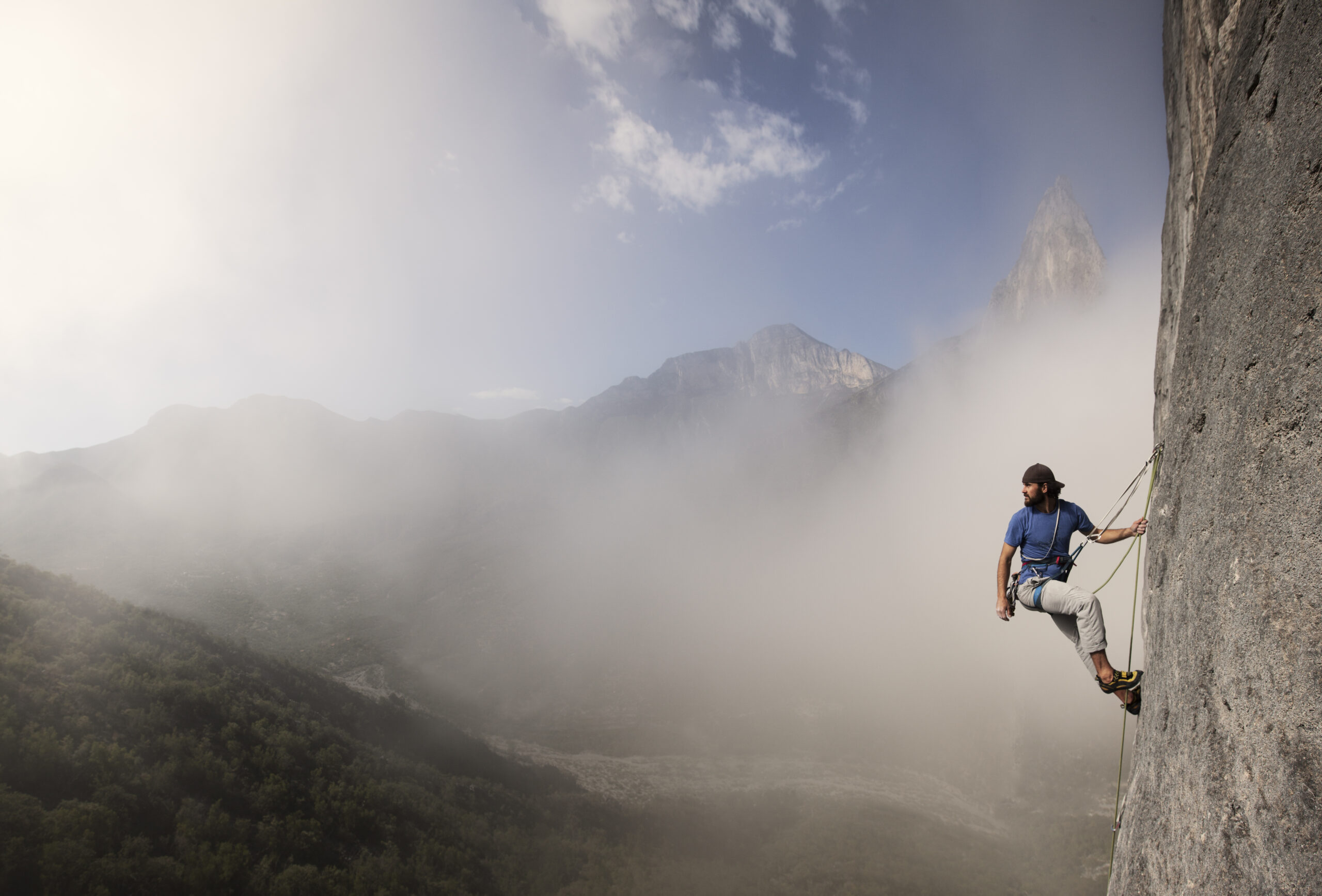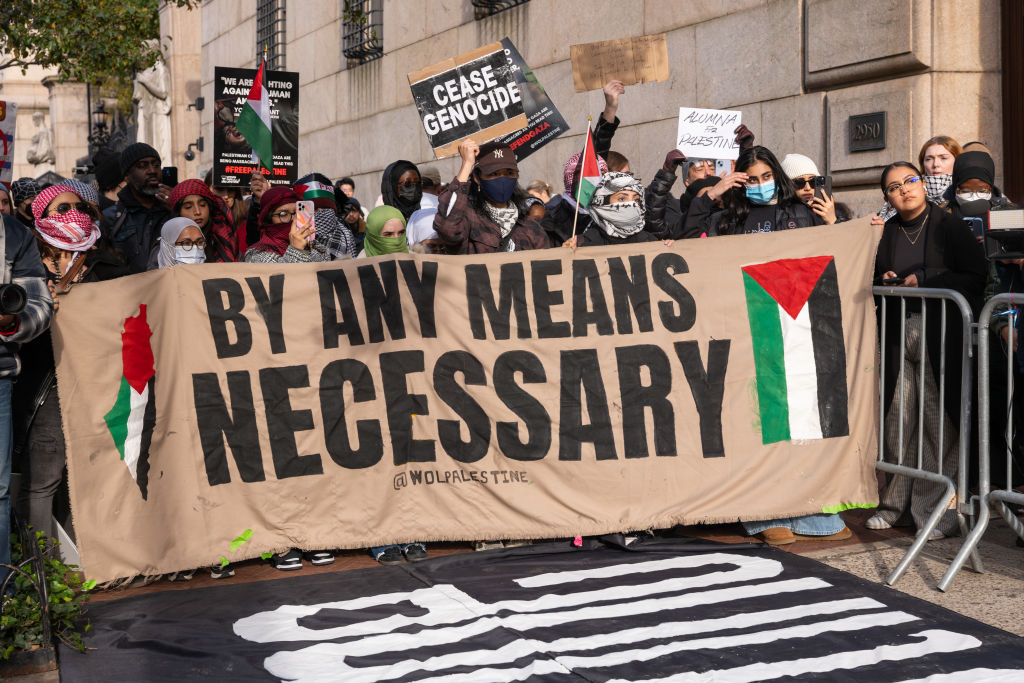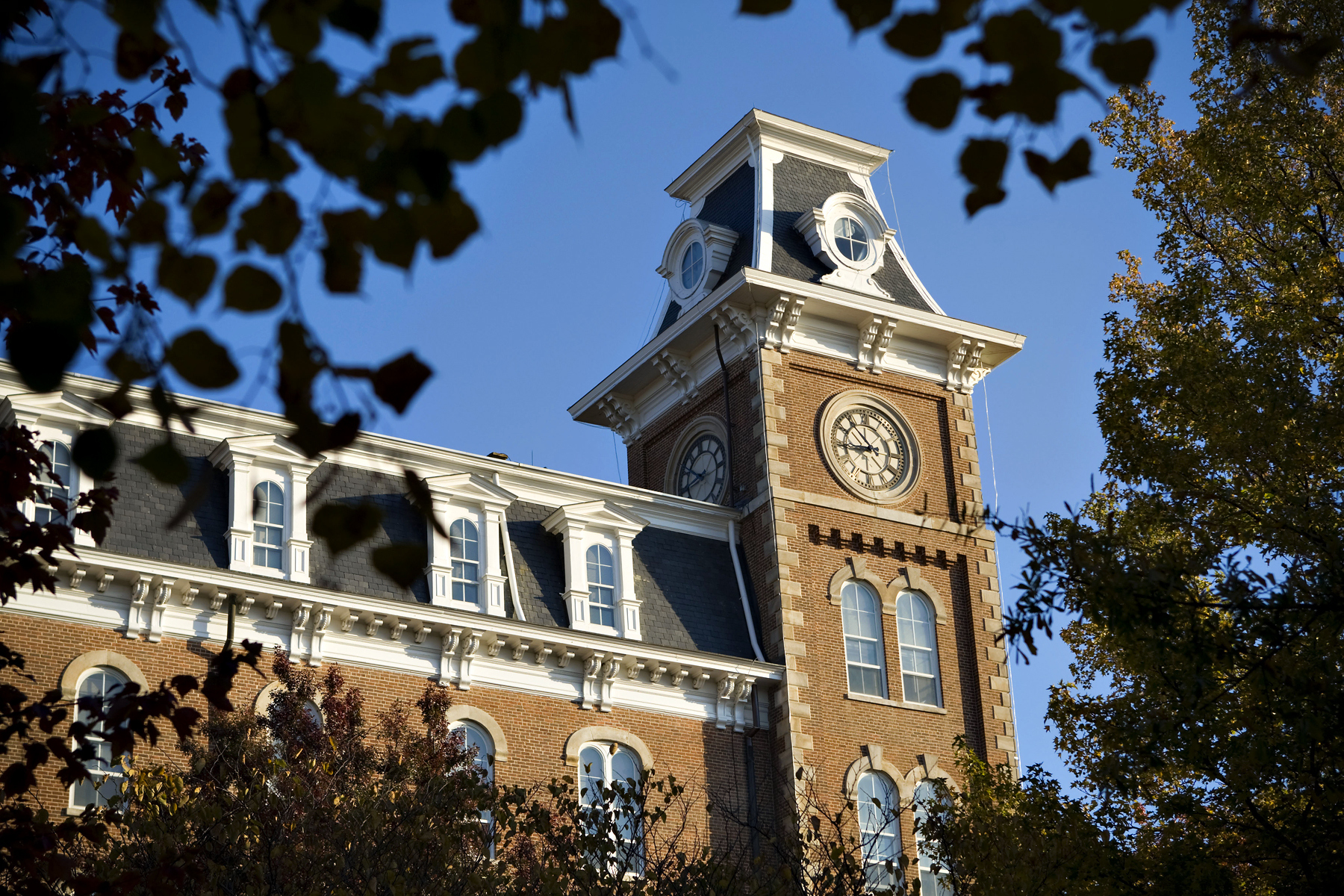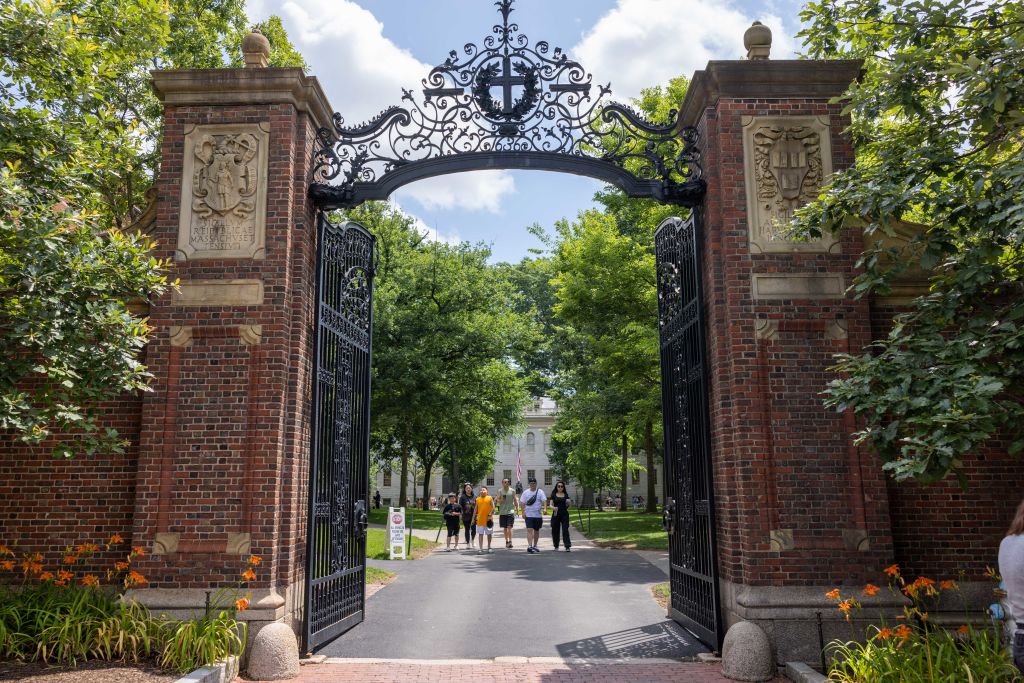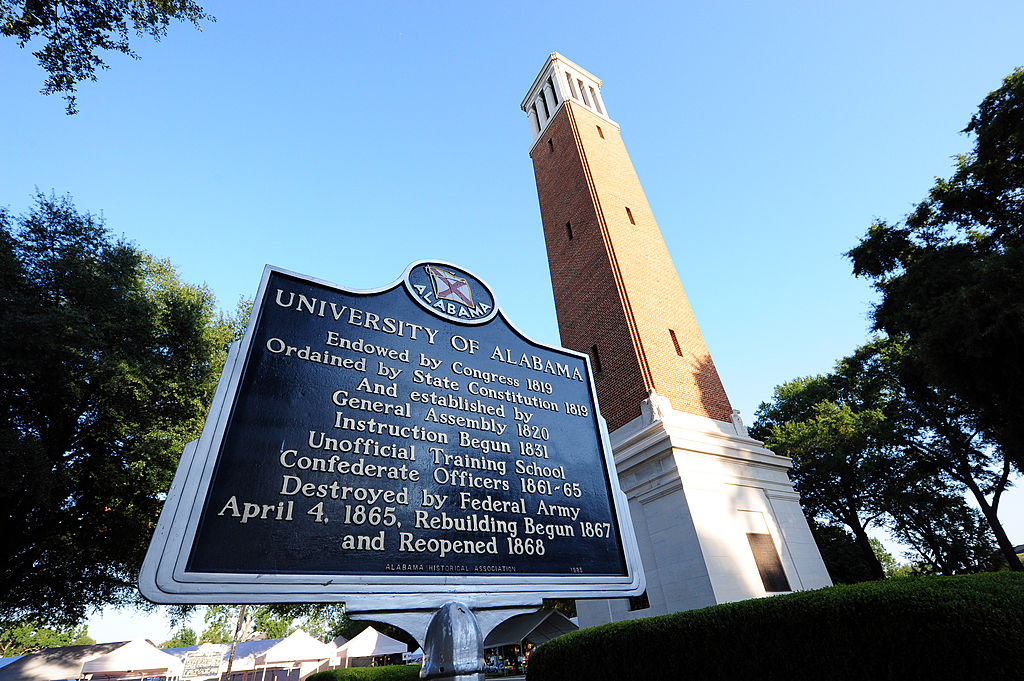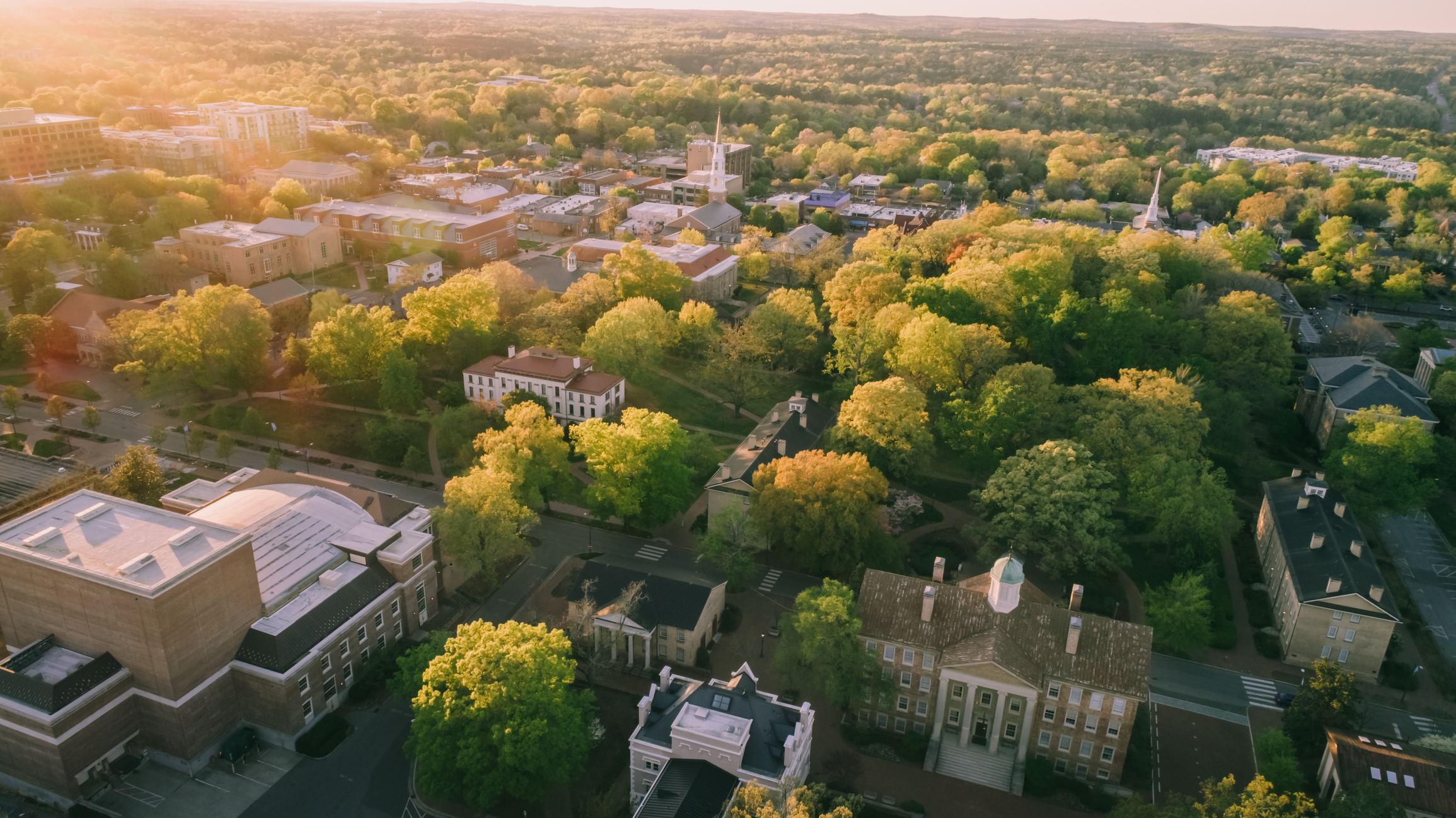The non-toxic masculinity parents are searching for.
Squandering Our Inheritance
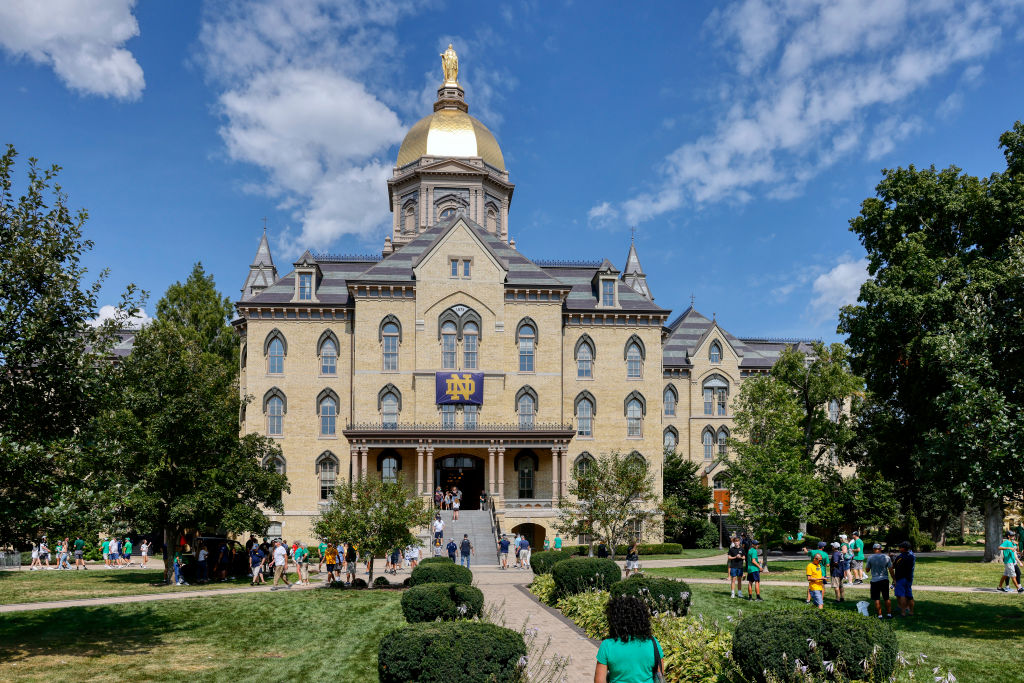
The fight for Catholic schools and the future of American institutions.
Marymount University sits on a high hill over the Potomac River, in northern Virginia. Founded in 1950 by a religious order devoted to the Immaculate Heart of Mary, the school’s undergraduate courses focus on the humanities—or they did until the president and the board of governors met to “restructure” earlier this year. This meant gutting nearly all the humanities, plus mathematics, science, and even theology and religious studies.
The sheer extent and suddenness of this transformation caught the public’s imagination. A small university’s restructuring is not typically the stuff of frontpage, international headlines. But these cuts perfectly illustrate how Christian education has squandered its moral, intellectual, and religious inheritance in a 100-year search for prestige—a search which has been inevitably followed by a retreat into rootless, commercial secularism and left-wing, political glad–handing. In this, the plight of Catholic universities offers a microcosm of the institutional capture that afflicts traditional institutions around the country. But it also offers instructive, object lessons in how to fight back.
The story begins more than 50 years ago in northern Wisconsin where a meeting was called by the young president of America’s best-known Catholic college, Notre Dame. In attendance were officials from Fordham, Seton Hall, Boston College, St. Louis, and the Catholic University of America, plus an emissary of America’s oldest Catholic college, Georgetown. While representative of America’s preeminent Catholic universities, the gathering was far from representative of the larger system.
Attendees were motivated by “the spirit of Vatican II”—a spirit which, in its zeal for liberalization, far exceeded the findings of the actual council. Those gathered felt that Catholic education (in the United States, in particular) was lagging far behind the broader higher education system, and they believed they had the solutions to this.
First among those: Catholic higher education had to “modernize.” Instead of ushering students into the Church’s ancient dual tradition of faith and reason, Catholic universities would simply offer a secular education, augmented and peripherally informed by the Church. “The Catholic university must have a true autonomy and academic freedom in the face of authority of whatever kind, lay or clerical, external to the academic community itself,” read the ensuing “Land O’Lakes Statement.”
This meant liberation from Church hierarchy—and liberation from Church social teaching. Not unlike the Vatican II reformers just a few years before, they had either intentionally or unintentionally started a revolution in Catholic education. Supporters claim they tempered what they saw as the excesses of similar trends in the Protestant university system 60 years prior by including a role for theology departments. But banishing Catholicism to the theology department merely slowed the inevitable marginalization of the faith in university life. Boards staffed with laity rapidly replaced clergy in school leadership. Crucifixes began to come down from hallowed halls.
The Devil’s Bargain
Some of the top schools (and architects of the statement) thrived in their new secular mode. Georgetown and Notre Dame—both among the few enthusiastic proponents of the statement—earned impressive prestige in exchange for their religion.
And that was indeed the price they paid. Georgetown’s leaders, for example, hosted American all-star President Barack Obama. The cost was simply removing the cross from a Catholic chapel to accommodate his discomfort with speaking in front of Christianity’s central symbol. Famed Catholic mainstay Notre Dame, meanwhile, barred pro-life speakers while allowing pro-abortion events the same night. Both now enjoy the respect of their secular peers while still resting on the reputation of their Catholic foundations.
The same isn’t true for those smaller, less powerful Catholic colleges. Their attempt to trade their religious identities for a shot at that same prestige has both disserved students and stripped the schools themselves of their competitive advantage. While Georgetown and Notre Dame distinguish themselves among their new friends, these smaller and less powerful colleges slip under the surface without so much as a whimper.
The Marymount university system—founded nationwide over the past century by the Religious of the Sacred Heart of Mary—reflects this tragedy well. Marymount Tarrytown was the first of these schools founded in the United States, establishing itself in upstate New York in 1907. “We became independent,” wrote Sister Brigid Driscoll, then the President of Marymount Tarrytown, in a 1987 defense of the Land O’Lakes Statement, citing lay trustees replacing clergy on the board and the ensuing accreditation. “Those decisions meant a windfall for the schools a few years later when the federal government offered financial aid to independent colleges.”
Just 20 years later, in 2007, Marymount Tarrytown harvested what it had sown and closed its doors for good, citing financial reasons.
Two years prior, in 2005, Marymount Manhattan bestowed an honorary degree on pro-abortion politician Hillary Clinton. When the cardinal of New York had the courage to act and moved to strip the school of its Catholic status, he learned the school didn’t care at all—and said they’d long stopped identifying as Catholic.
Just last year, in 2022, Marymount California announced it was selling its campus and assets to the nearby secular state school.
This past winter, faced with the choice whether to reprimand or punish Marymount University for stripping the official veneer of Catholicism from its programs, the bishop of Arlington chose to let dying dogs lie. The system was already too far gone.
Across American life, the fruits of the long decline of Catholic education can be tasted. Former Speaker of the House Nancy Pelosi, former Governor Andrew Cuomo, and Democratic lobbyist Terry McCauliffe are all products of both Catholic high schools and Catholic colleges; all are outspoken opponents of Catholic teachings. California Representative Ted Lieu earned his law degree at Georgetown, but if you type “Ted Lieu Catholic” into a search engine, the top result is a tweet he sent to the United States Conference of Catholic Bishops citing his public positions against the Church—and daring them to deny him communion.
Holding the Line
The decline has not gone completely unnoticed by the Vatican. In 1990, Pope St. John Paul II issued Ex Corde Ecclesiae, or “From the Heart of the Church,” putting all future Catholic colleges firmly back under the control of the Roman Church. The document instructed all laity-run Catholic universities to respect the values upheld by their bishops and gave those bishops the right to revoke their Catholic status if necessary.
But the strength of St. John Paul’s and his successor’s directives was diluted by the red-robed company men who make up so much of the Church’s leadership, and who have for years pursued a strategy straddling appeasement and collusion. While President Obama’s invitation to speak at Notre Dame, for example, sparked condemnation from 70 bishops, the response from the USCCB was to discuss the issue at its next conference. That was 14 years ago; meanwhile, errant Catholic colleges continue to bask in the dignity the Church bestows, while betraying it from inside its own home.
There is a path back, however. With a little conviction and leadership, devoted administrators can choose to put the Church back at the center of these institutions. The Catholic University of America is just one example. Though the school sent a delegate to the original Land O’Lakes conference, the statement so shocked the president at the time that he instructed his delegate to remove his signature (which he declined to do). In the ensuing power struggle, the school eventually fell under the sway of a secular faculty—even the branding changed to “CUA” to avoid the embarrassment of their religion.
But when John Garvey became the school’s third lay president in 2010, he took it upon himself to re-establish classical and traditional Catholic teaching, stowing away money to buy out the tenures of rotten faculty, reinstituting same-sex dormitories, and changing the brand back to “The Catholic University of America,” or “Catholic” for short. By all accounts, his successor has continued on that path.
Catholic University is distinctive in that it’s under the explicit control of the United States bishops. But it took more than that to right the ship. It takes good actors with backbone—and brotherly correction (and consequences) for bad actors. It takes prayer, yes, but action as well.
Other colleges never strayed from the fold. The University of Dallas, which was founded in the 1950s, quickly became a sort of beacon for faculty disaffected with leftward/activist trends in elite education. Over a dozen other “Newman colleges” (those recognized by the Cardinal Newman Society for their holistic Catholic instruction) contribute daily. These include Ave Maria University in Florida, Belmont Abbey College in North Carolina, and Thomas Aquinas College in California and Massachusetts.
Combined, these colleges have a far greater impact than their numbers suggest, in terms of the lay graduates and priests they produce as well as their impact on the K-12 classical school movement.
For the rest, though, the situation remains grim. The majority of Catholic colleges and universities aren’t simply slipping under the surface—they’re being drowned, and in the place of the institutions founded by Catholics and paid for by Catholics to build Catholic men and women for a more just world, we find schools stolen from Catholics producing children hostile to God and His morality.
This heritage isn’t simply ours to squander. It is an inheritance built up and handed down by better men than us. And those men didn’t simply hand down these institutions but also the power and ability to defend them, available to alumni and donors, bishops and priests, faculty and university presidents.
For more than half a century the secular Left has wielded its power against the Church. As a small Catholic school on a hill over the Potomac goes under—and as a shining beacon of Catholic history across the river spreads its scandal—Catholic men and women, lay and priestly, must ask ourselves: When will we fight back? And not simply for the departments of theology or even the sciences but for the liberal arts? For the hearts of Americans—for literature and the arts, where truth is understood and persuasion is real.
“When we lose the arts,” explains University of Dallas alum and popular children’s author Dr. Matthew Mehan, “we lose the ability to handle the hearts. And then we lose the argument. We lose the fight.” The new fad for “Diversity and Inclusion” has put more than just Catholic schools under the mandate of a zealous new state faith. That movement has to be opposed at the administrative level, to be sure. But unless our religious schools recover the heart of their teaching, and equip young students with a faith that can withstand secular assault, the battle will be lost before it starts.
The American Mind presents a range of perspectives. Views are writers’ own and do not necessarily represent those of The Claremont Institute.
The American Mind is a publication of the Claremont Institute, a non-profit 501(c)(3) organization, dedicated to restoring the principles of the American Founding to their rightful, preeminent authority in our national life. Interested in supporting our work? Gifts to the Claremont Institute are tax-deductible.
Liberal Jews are desperate to maintain the delusion that their major enemies are outside the house.
DEI needs to be rooted out.
The injustice collectors pick up another pet indignation.
Ideologues are rewriting the history and traditions of the University of Alabama.
Our system of university accreditation empowers unaccountable authority.

